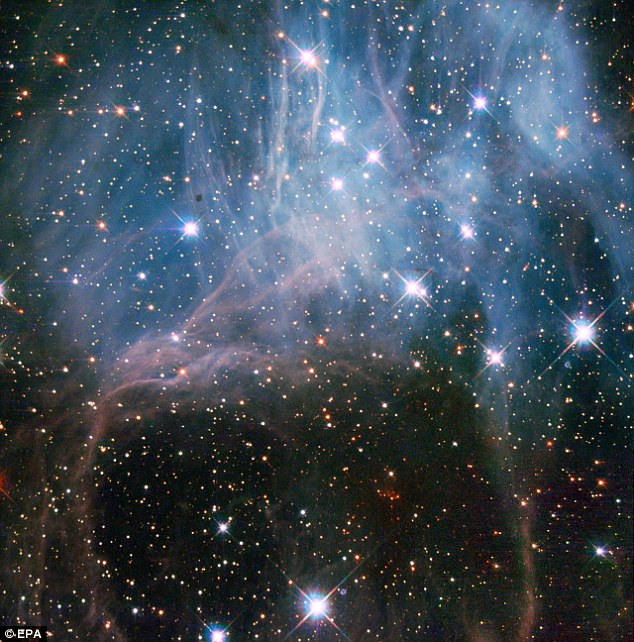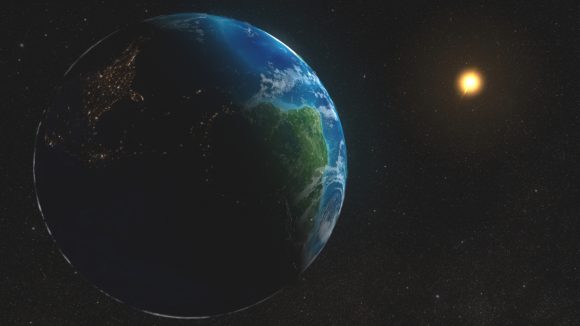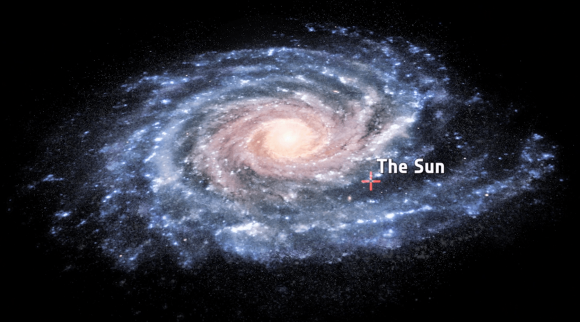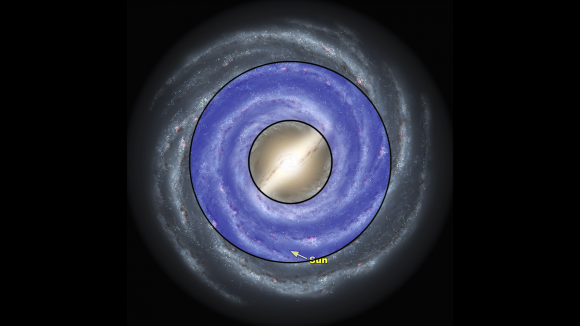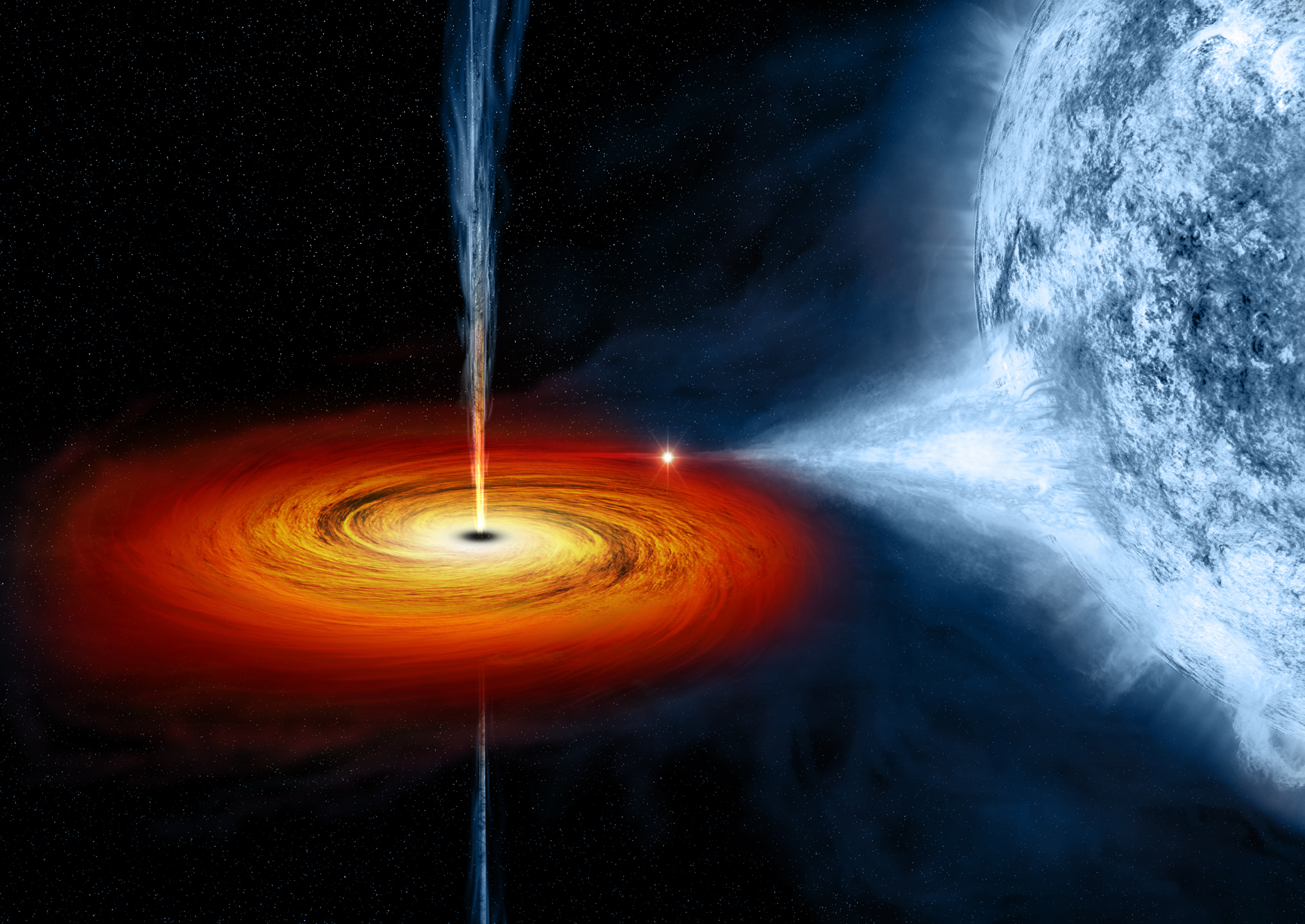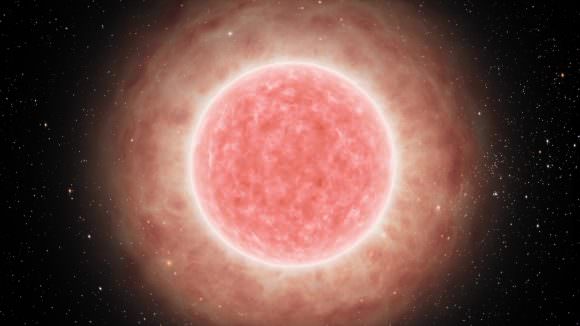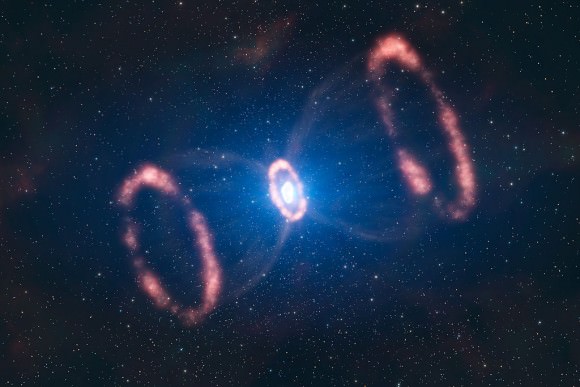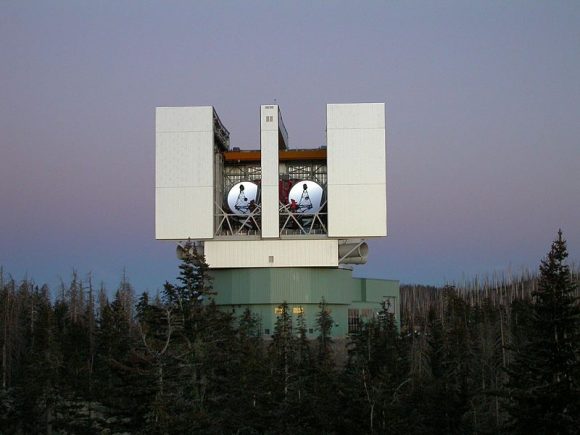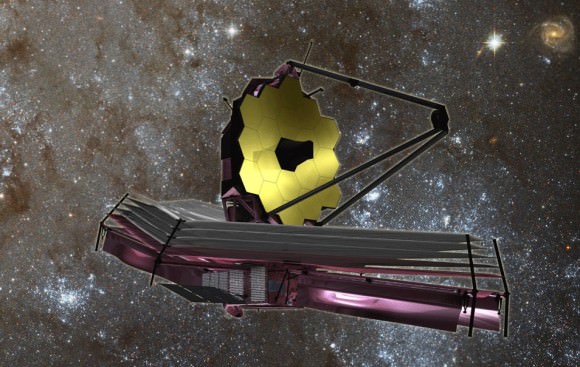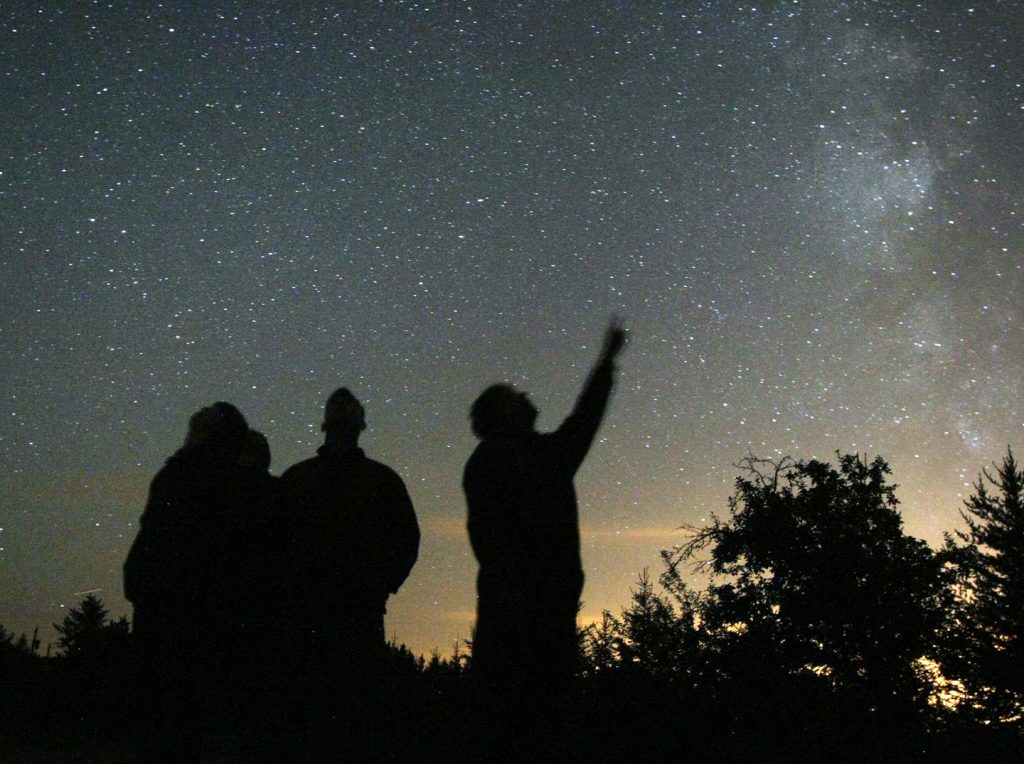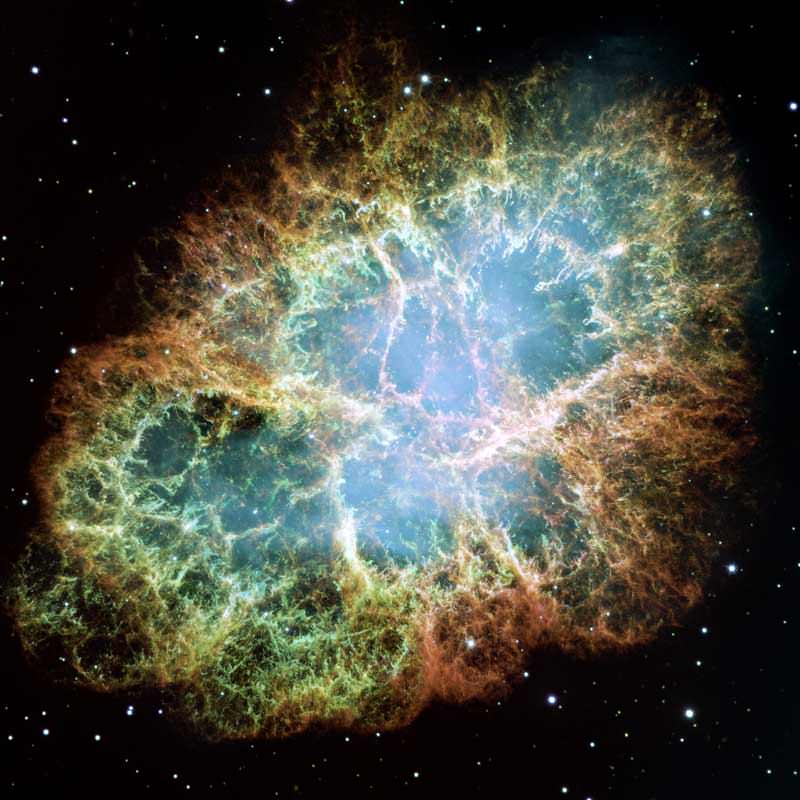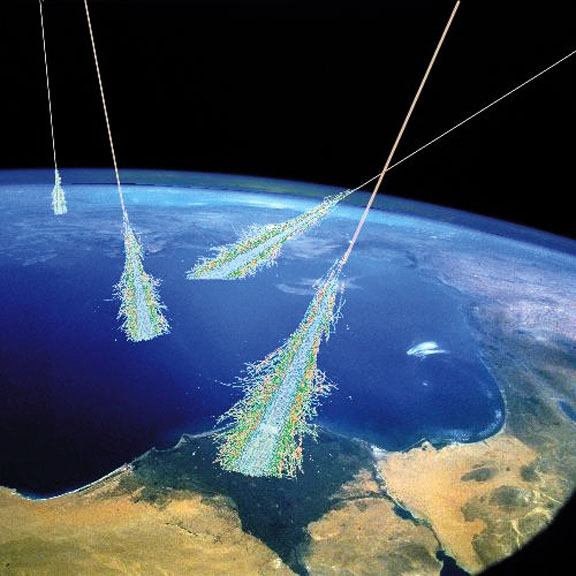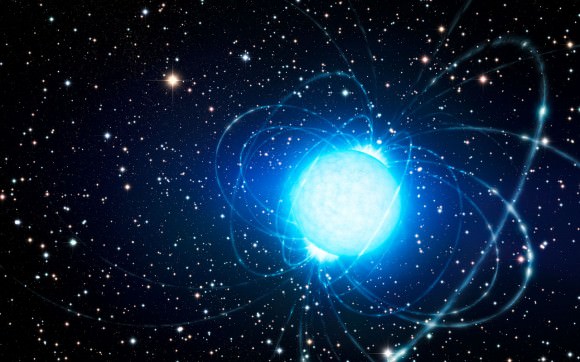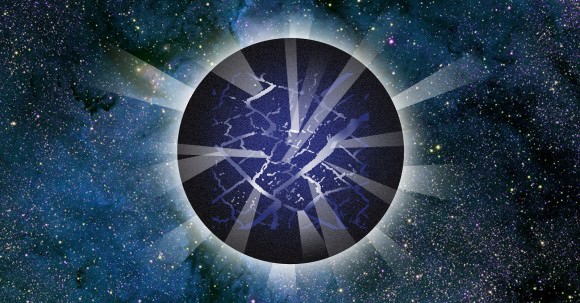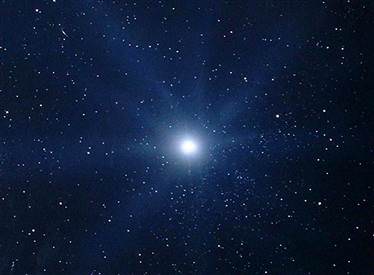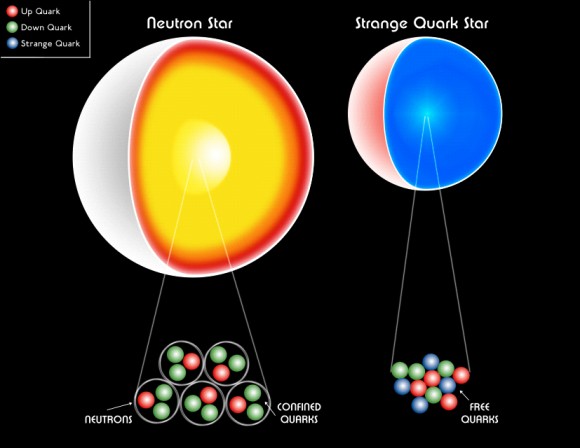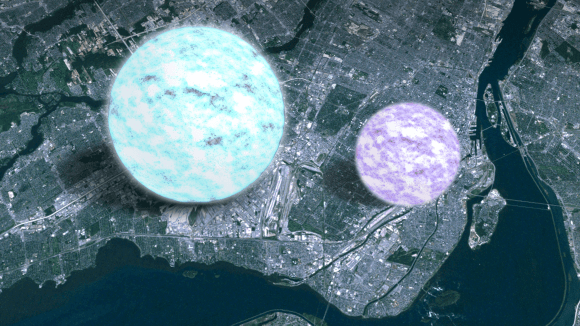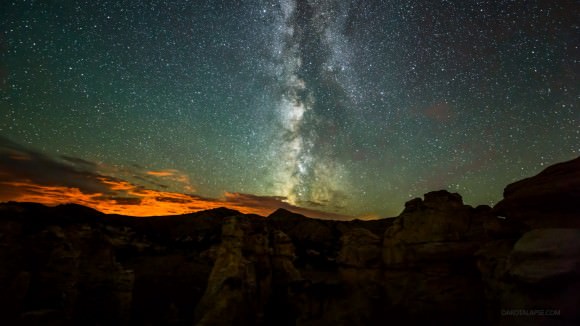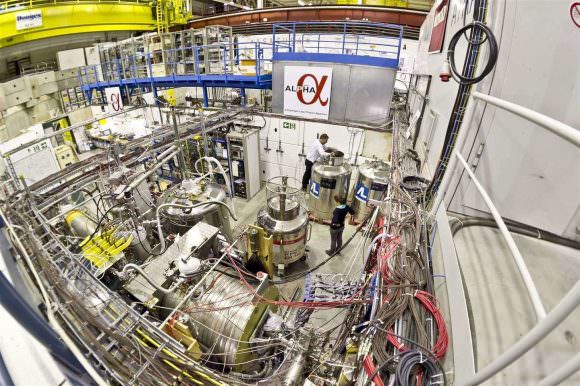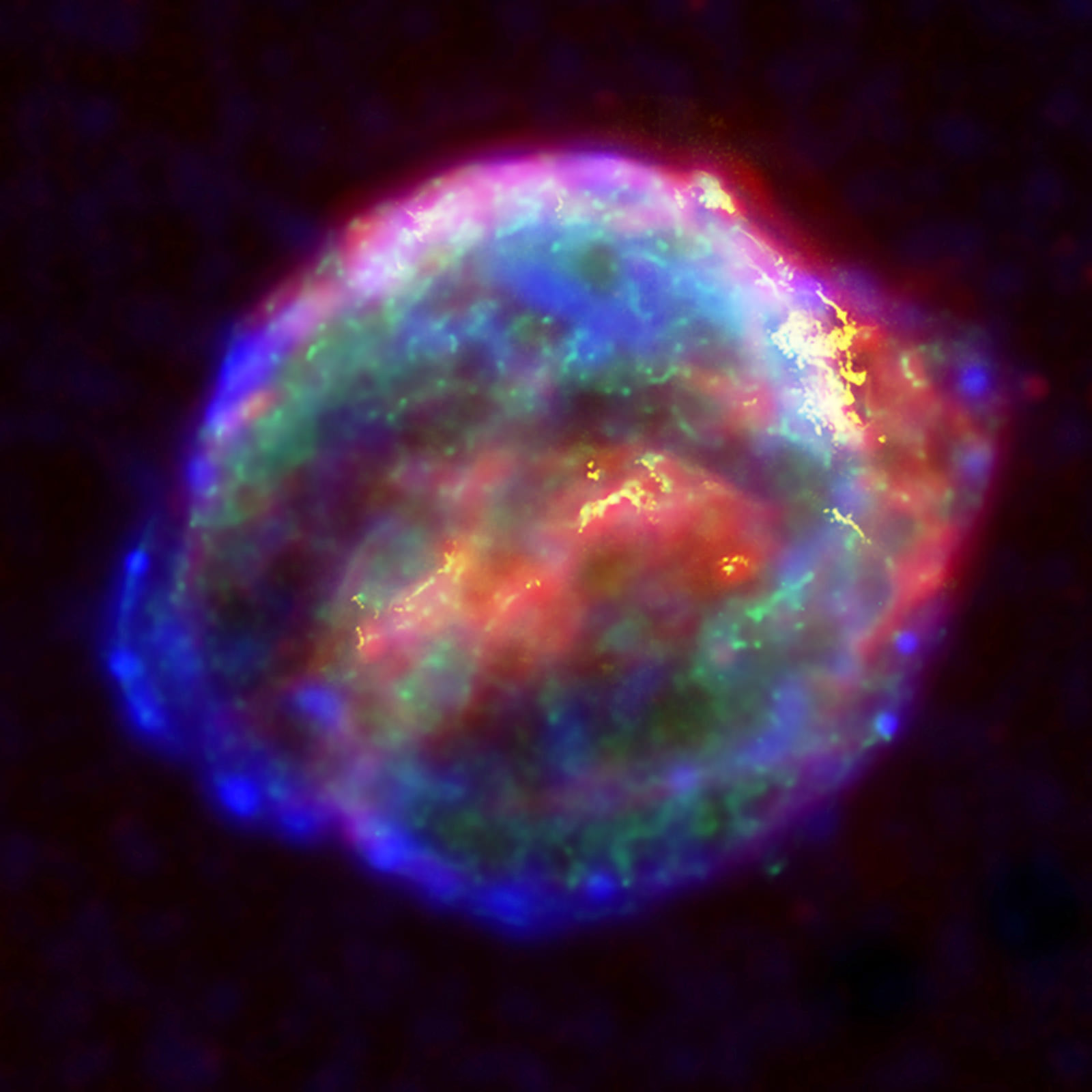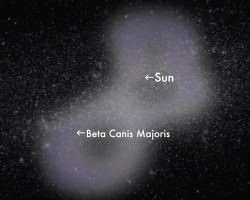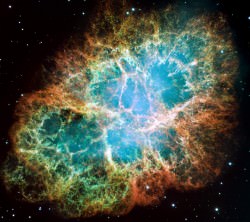
Our sky is blanketed in a sea of stellar ghosts; all potential phantoms that have been dead for millions of years and yet we don’t know it yet. That is what we will be discussing today. What happens to the largest of our stars, and how that influences the very makeup of the universe we reside in.
We begin this journey by observing the Crab Nebula. Its beautiful colors extend outward into the dark void; a celestial tomb containing a violent event that occurred a millennia ago. You reach out and with the flick of your wrist, begin rewinding time and watch this beautiful nebulae begin to shrink. As the clock winds backwards, the colors of the nebula begin to change, and you notice that they are shrinking to a single point. As the calendar approaches July 5, 1054, the gaseous cloud brightens and settles onto a single point in the sky that is as bright as the full moon and is visible during the day. The brightness fades and eventually there lay a pinpoint of light; a star that we don’t see today. This star has died, however at this moment in time we wouldn’t have known that. To an observer before this date, this star appeared eternal, as all the other stars did. Yet, as we know from our privileged vantage point, this star is about to go supernova and birth one of the most spectacular nebulae that we observe today.
Stellar ghosts is an apt way of describing many of the massive stars we see scattered throughout the universe. What many don’t realize is that when we look out deep into the universe, we are not only looking across vast distances, but we are peering back into time. One of the fundamental properties of the universe that we know quite well is that light travels at a finite speed: approximately 300,000,000 m/s (roughly 671,000,000 mph). This speed has been determined through many rigorous tests and physical proofs. In fact, understanding this fundamental constant is a key to much of what we know about the universe, especially in respect to both General Relativity and Quantum Mechanics. Despite this, knowing the speed of light is key to understanding what I mean by stellar ghosts. You see, information moves at the speed of light. We use the light from the stars to observe them and from this understand how they operate.
A decent example of this time lag is our own sun. Our sun is roughly 8 light-minutes away. Meaning that the light we see from our star takes 8 minutes to make the journey from its surface to our eyes on earth. If our sun were to suddenly disappear right now, we wouldn’t know about it for 8 minutes; this doesn’t just include the light we see, but even its gravitational influence that is exerted on us. So if the sun vanished right now, we would continue in our orbital path about our now nonexistent star for 8 more minutes before the gravitational information reached us informing us that we are no longer gravitationally bound to it. This establishes our cosmic speed limit for how fast we can receive information, which means that everything we observe deep into the universe comes to us as it was an ‘x’ amount of years ago, where ‘x’ is its light distance from us. This means we observe a star that is 10 lightyears away from us as it was 10 years ago. If that star died right now, we wouldn’t know about it for another 10 years. Thus, we can define it as a “stellar ghost”; a star that is dead from its perspective at its location, but still alive and well at ours.
As covered in a previous article of mine (Stars: A Day in the Life), the evolution of a star is complex and highly dynamic. Many factors play an important role in everything from determining if the star will even form in the first place, to the size and thus the lifetime of said star. In the previous article mentioned above, I cover the basics of stellar formation and the life of what we call main sequence stars, or rather stars that are very similar to our own sun. Whereas the formation process and life of a main sequence star and the stars we will be discussing are fairly similar, there are important differences in the way the stars we will be investigating die. Main sequence star deaths are interesting, but they hardly compare to the spacetime-bending ways that these larger stars terminate.
As mentioned above, when we were observing the long gone star that lay at the center of the Crab Nebula, there was a point in which this object glowed as bright as the full moon and could be seen during the day. What could cause something to become so bright that it would be comparable to our nearest celestial neighbor? Considering the Crab Nebula is 6,523 lightyears away, that meant that something that is roughly 153 billion times farther away than our moon was shining as bright as the moon. This was because the star went supernova when it died, which is the fate of stars that are much larger than our sun. Stars larger than our sun will end up in two very extreme states upon its death: neutron stars and black holes. Both are worthy topics that could span weeks in an astrophysics course, but for us today, we will simply go over how these gravitational monsters form and what that means for us.

Credit: NASA
A star’s life is a story of near runaway fusion contained by the grip of its own gravitational presence. We call this hydrostatic equilibrium, in which the outward pressure from the fusing elements in the core of a star equals that of the inward gravitational pressure being applied due to the star’s mass. In the core of all stars, hydrogen is being fused into helium (at first). This hydrogen came from the nebula that the star was born from, that coalesced and collapsed, giving the star its first chance at life. Throughout the lifetime of the star, the hydrogen will be used up, and more and more helium “ash” will condense down in the center of the star. Eventually, the star will run out of hydrogen, and the fusion will briefly stop. This lack of outward pressure due to no fusion taking place temporarily allows gravity to win and it crushes the star downwards. As the star shrinks, the density, and thus the temperature in the core of the star increases. Eventually, it reaches a certain temperature and the helium ash begins to fuse. This is how all stars proceed throughout the main portion of its life and into the first stages of its death. However, this is where sun-sized stars and the massive stars we are discussing part ways.

A star that is roughly near the size of our own sun will go through this process until it reaches carbon. Stars that are this size simply aren’t big enough to fuse carbon. Thus, when all the helium has been fused into oxygen and carbon (via two processes that are too complex to cover here), the star cannot “crush” the oxygen and carbon enough to start fusion, gravity wins and the star dies. But stars that have sufficiently more mass than our sun (about 7x the mass) can continue on past these elements and keep shining. They have enough mass to continue this “crush and fuse” process that is the dynamic interactions at the hearts of these celestial furnaces.
These larger stars will continue their fusion process past carbon and oxygen, past silicon, all the way until they reach iron. Iron is the death note sung by these blazing behemoths, as when iron begins to fill their now dying core, the star is in its death throws. But these massive structures of energy do not go quietly into the night. They go out in the most spectacular of ways. When the last of the non-iron elements fuse in their cores, the star begins its decent into oblivion. The star comes crashing in upon itself as it has no way to stave off gravity’s relentless grip, crushing the subsequent layers of left over elements from its lifetime. This inward free-fall is met at a certain size with an impossible force to breach; a neutron degeneracy pressure that forces the star to rebound outwards. This massive amount of gravitational and kinetic energy races back out with a fury that illuminates the universe, outshining entire galaxies in an instant. This fury is the life-blood of the cosmos; the drum beats in the symphony galactic, as this intense energy allows for the fusion of elements heavier than iron, all the way to uranium. These new elements are blasted outwards by this amazing force, riding the waves of energy that casts them deep into the cosmos, seeding the universe with all the elements that we know of.

But what is left? What is there after this spectacular event? That all depends again on the mass of the star. As mentioned earlier, the two forms that a dead massive star takes are either a Neutron Star or a Black Hole. For a Neutron Star, the formation is quite complex. Essentially, the events that I described occurs, except after the supernovae all that is left is a ball of degenerate neutrons. Degenerate is simply a term we apply to a form that matter takes on when it is compressed to the limits allowed by physics. Something that is degenerate is intensely dense, and this holds very true for a neutron star. A number you may have heard tossed around is that a teaspoon of neutron star material would weigh roughly 10 million tons, and have an escape velocity (the speed needed to get away from its gravitational pull) at about .4c, or 40% the speed of light. Sometimes the neutron star is left spinning at incredible velocities, and we label these as pulsars; the name derived from how we detect them.

These types of stars generate a LOT of radiation. Neutron stars have an enormous magnetic field. This field accelerates electrons in their stellar atmospheres to incredible velocities. These electrons follow the magnetic field lines of the neutron star to its poles, where they can release radio waves, X-Rays, and gamma rays (depending on what type of neutron star it is). Since this energy is being concentrated to the poles, it creates a sort of lighthouse effect with high energy beams acting like the beams of light out of a lighthouse. As the star rotates, these beams sweep around many times per second. If the Earth, and thus our observation equipment, happens to be oriented favorably with this pulsar, we will register these “pulses” of energy as the stars’ beams wash over us. For all the pulsars we know about, we are much too far away for these beams of energy to hurt us. But if we were close to one of these dead stars, this radiation washing over our planet continuously would spell certain extinction for life as we know it.
What of the other form that a dead star takes; a black hole? How does this occur? If degenerate material is as far as we can crush matter, how does a black hole appear? Simply put, black holes are the result of an unimaginably large star and thus a truly massive amount of matter that is able to “break” this neutron degeneracy pressure upon collapse. The star essentially falls inward with such force that it breaches this seemingly physical limit, turning in upon itself and wrapping up spacetime into a point of infinite density; a singularity. This amazing event occurs when a star has roughly 18x the amount of mass that our sun has, and when it dies, it is truly the epitome of physics gone to the extreme. This “extra bit of mass” is what allows it to collapse this ball of degenerate neutrons and fall towards infinity. It is both terrifying and beautiful to think about; a point in spacetime that is not entirely understood by our physics, and yet something that we know exists. The truly remarkable thing about black holes is that it is like the universe working against us. The information we need to fully understand the processes within a black hole are locked behind a veil that we call the event horizon. This is the point of no return for a black hole, for which anything beyond this point in spacetime has no future paths that lead out of it. Nothing escapes at this distance from the collapsed star at its core, not even light, and thus no information ever leaves this boundary (at least not in a form we can use). The dark heart of this truly astounding object leaves a lot to be desired, and tempts us to cross into its realm in order to try and know the unknowable; to grasp the fruit from the tree of knowledge.
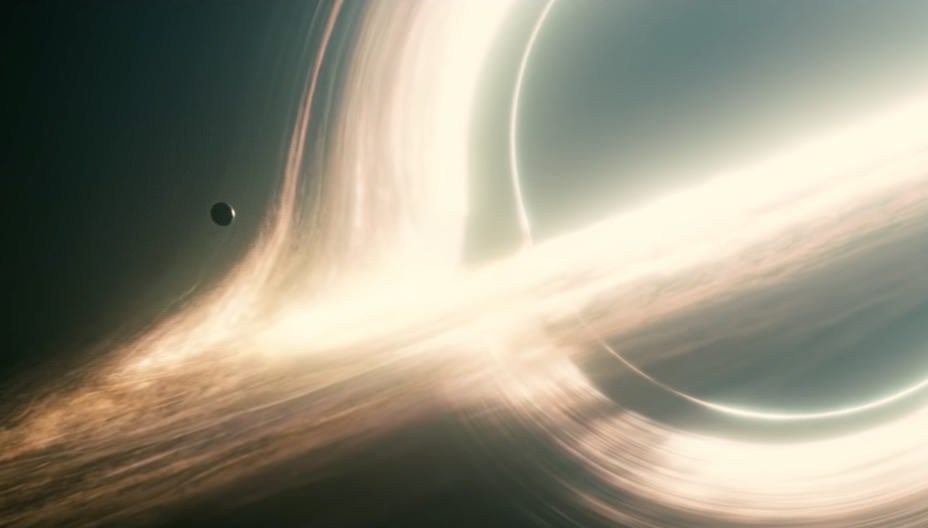
Now it must be said, there is much in the way of research with black holes to this day. Physicists such as Professor Stephen Hawking, among others, have been working tirelessly on the theoretical physics behind how a black hole operates, attempting to solve the paradoxes that frequently appear when we try to utilize the best of our physics against them. There are many articles and papers on such research and their subsequent findings, so I will not dive into their intricacies for both wishing to preserve simplicity in understanding, and to also not take away from the amazing minds that are working these issues. Many suggest that the singularity is a mathematical curiosity that does not completely represent what physically happens. That the matter inside an event horizon can take on new and exotic forms. It is also worth noting that in General Relativity, anything with mass can collapse to a black hole, but we generally hold to a range of masses as creating a black hole with anything less than is in that mass range is beyond our understanding of how that could happen. But as someone who studies physics, I would be remiss to not mention that as of now, we are at an interesting cross section of ideas that deal very intimately with what is actually going on within these specters of gravity.
All of this brings me back to a point that needs to be made. A fact that needs to be recognized. As I described the deaths of these massive stars, I touched on something that occurs. As the star is being ripped apart from its own energy and its contents being blown outwards into the universe, something called nucleosynthesis is occurring. This is the fusion of elements to create new elements. From hydrogen up to uranium. These new elements are being blasted outwards an incredible speeds, and thus all of these elements will eventually find their way into molecular clouds. Molecular clouds (Dark Nebulae) are the stellar nurseries of the cosmos. This is where stars begin. And from star formation, we get planetary formation.

As a star forms, a cloud of debris that is made up of the molecular cloud that birthed said star begins to spin around it. This cloud, as we now know, contains all those elements that were cooked up in our supernovae. The carbon, the oxygen, the silicates, the silver, the gold; all present in this cloud. This accretion disk about this new star is where planets form, coalescing out of this enriched environment. Balls of rock and ice colliding, accreting, being torn apart and then reformed as gravity works its diligent hands to mold these new worlds into islands of possibility. These planets are formed from those very same elements that were synthesized in that cataclysmic eruption. These new worlds contain the blueprints for life as we know it.
Upon one of these worlds, a certain mixture of hydrogen and oxygen occurs. Within this mixture, certain carbon atoms form up to create replicating chains that follow a simple pattern. Perhaps after billions of years, these same elements that were thrust into the universe by that dying star finds itself giving life to something that can look up and appreciate the majesty that is the cosmos. Perhaps that something has the intelligence to realize that the carbon atom within it is the very same carbon atom that was created in a dying star, and that a supernovae occurred that allowed that carbon atom to find its way into the right part of the universe at the right time. The energy that was the last dying breath of a long dead star was the same energy that allowed life to take its first breath and gaze upon the stars. These stellar ghosts are our ancestors. They are gone in form, but yet remain within our chemical memory. They exist within us. We are supernova. We are star dust. We are descended from stellar ghosts…
